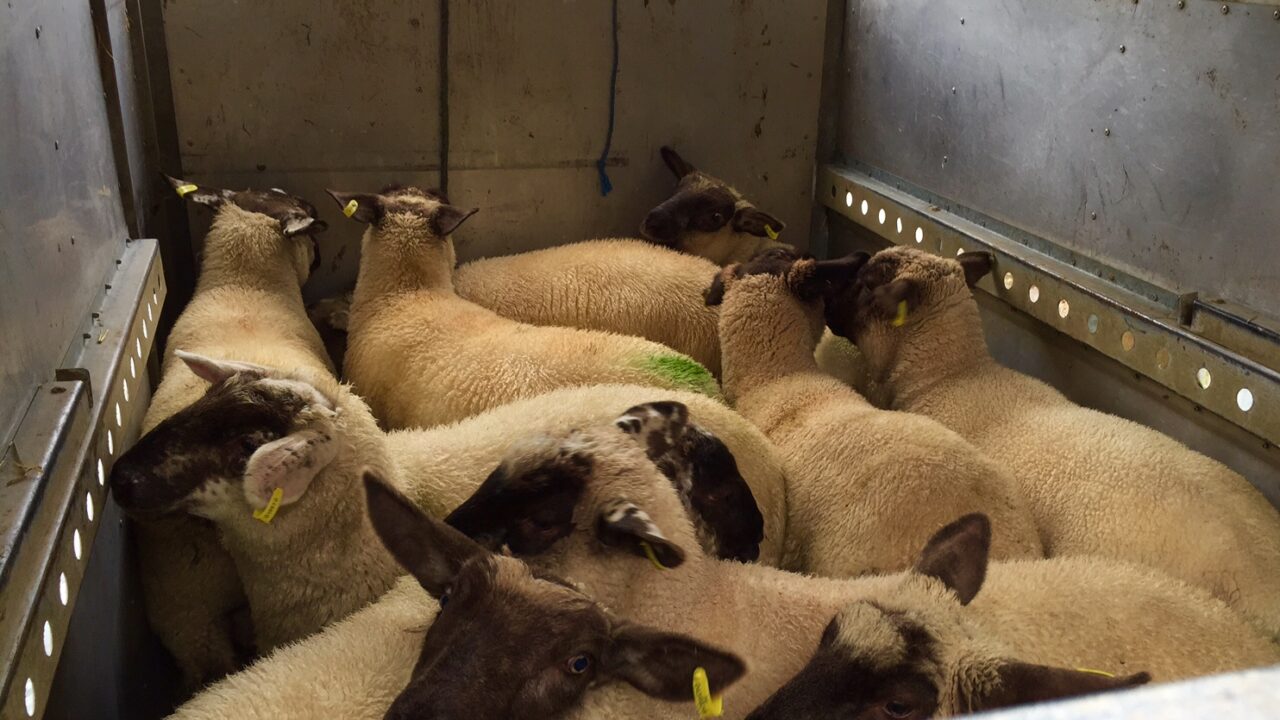A “significant number” of sheep tag numbers and identities selected in random checks as part of a recent audit of slaughter plants were found to be not valid, according to the inspecting authority, the Food Safety Authority of Ireland (FSAI).
The audit was conducted on official controls performed by the Department of Agriculture, Food and the Marine Veterinary Public Health Inspection Service (VPHIS) at sheep slaughter establishments.
Overall, the audit concluded in its report, published yesterday (Wednesday, June 13) that there is an “organised approach” to the official controls carried out by the VPHIS at the intake of livestock in sheep slaughter establishments – but that there is a “need for more streamlined documented procedures”.
Ongoing non-compliances with the National Sheep Identification System (NSIS) – such as illegible, incomplete or inaccurate dispatch documents and untagged sheep entering the slaughter hall – are seen by the department and the food business operators as an inevitable consequence of the weaknesses of the National Sheep Identification System (NSIS) and are not recorded as non-compliances.
Checks
The authority found that there are no checks carried out by food business operators or the veterinary inspector (VI) at plant level on the accuracy or validity of the tag numbers recorded on the dispatch documents.
All of the VIs interviewed by the audit team acknowledged the difficulties and potential for error with the current system and that the routine official controls were not prioritising the validation of information on a system that was recognised as flawed.
Tag numbers on dispatch documents randomly chosen from each establishment were subsequently checked by the audit team to verify their authenticity.
The electronic identity system in place for sheep from Northern Ireland was seen in three establishments; this system involved less manual entry and therefore less potential for errors to occur.
An intake SOP was in place as part of the food business operator’s Food Safety Management System (FSMS) in all establishments audited.
Personnel
However, the report details that, in two of the five plants, the SOP did not require factory personnel to check all incoming sheep for an ear tag before the livestock were accepted by the operator for slaughter.
As well as this, at these two plants the separation between acceptance of animals by the food business operator and presentation to the Temporary Veterinary Inspector (TVI) for ante mortem examination were not clear.
When a dealer delivers sheep sourced from a number of different holdings the dealer summarises the information from the different holdings on one dispatch document containing the dealer designator number.
Traceability
In these instances, traceability can be difficult, as the dealer transcribes and summarises tag numbers from a number of flocks onto a new dispatch docket, and the food business operator then uses this dealer’s designator number – and not the designator number of the farm of origin – in order to trace the sheep.
In another establishment, between 0.5% and 0.8% of sheep did not have tags when presented in the slaughter hall.
The overall purpose of the NSIS is to enable sheep and sheep meat to be traced back to the farm of origin.
The serious deficiencies identified during the audit relating to the acceptance, identification and traceability of sheep result in significant numbers of sheep that are not traceable to their farm of origin, the FSAI concluded.
